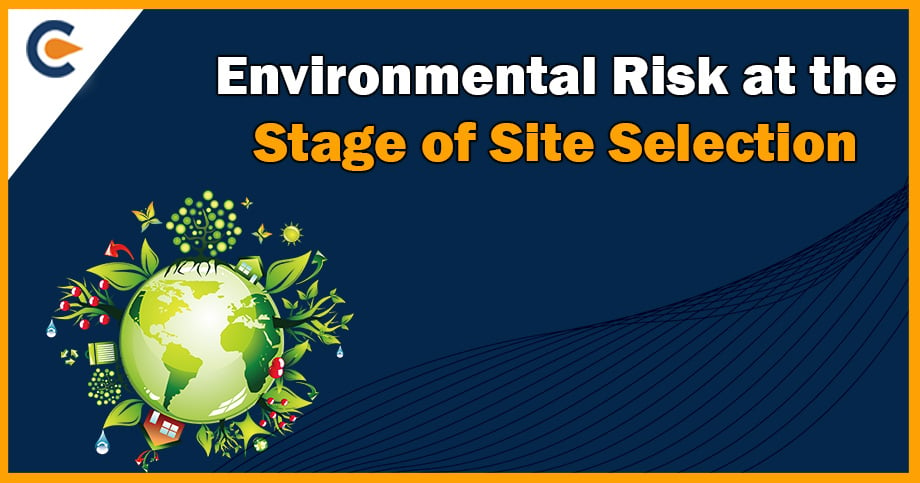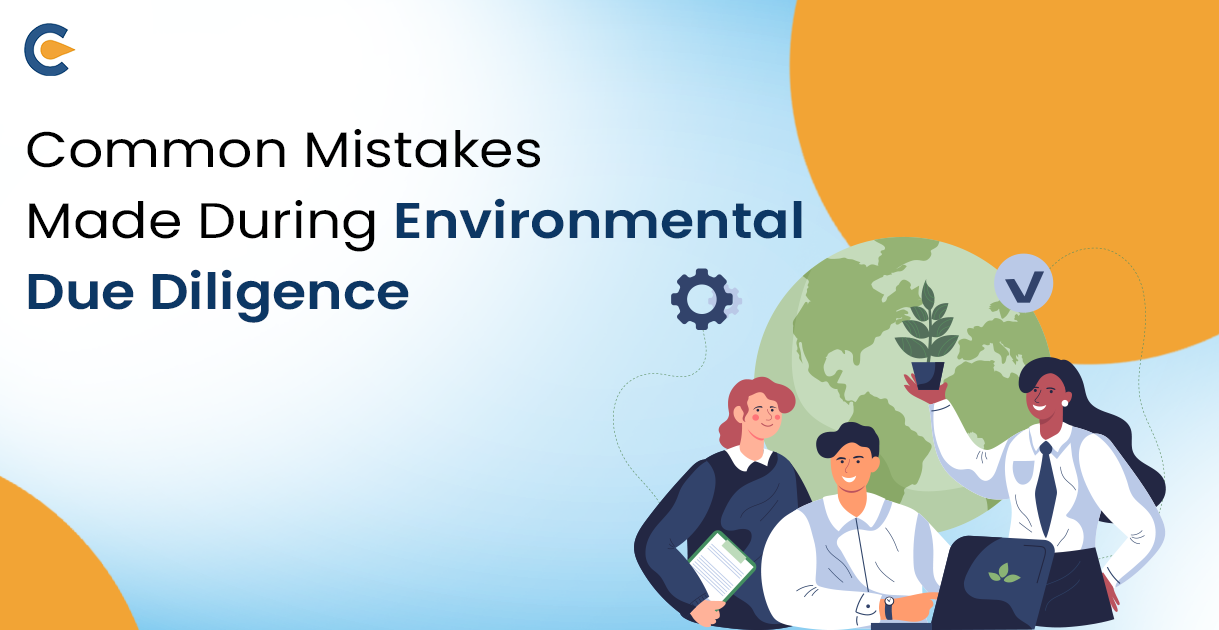Environment, Health, Safety Due-Diligence (EHSDD) is a procedure that assists an organization in recognizing potential hazards, minimizing legal responsibility, and decreasing transaction costs. It also presents an opportunity to pin-point future performance enhancements. The accurate cost, worth, or effect of environmental, health, and safety management is not typically reflected in a company’s financial statements. When involved in a merger or acquisition, the purchaser’s primary concern is to avoid any unexpected issues after the transaction is completed. The purpose of due diligence is to comprehensively evaluate the target and communicate any significant risks or liabilities to the buyer.
Benefits of Consulting Experts While Environment, Health, Safety Due-Diligence
During EHSDD, the Environment Health & Safety (EHS) consultant aims to identify four key things for the buyer.
- The first is any regulatory obligations that may result in monetary corrective action for the buyer.
- The second is any risks that could have a tangible or intangible impact on the business.
- The third is to provide support for business decisions related to the acquisition.
- Lastly, if risks or issues are identified, the EHS consultant advises the negotiation representatives to address the risks either contractually or monetarily.
Process of Environment, Health, Safety Due-Diligence
| Stage | Description |
| Pre-due diligence | Identify the scope of the EHS due diligence, assign a team, and prepare a checklist of documents and information to be reviewed. |
| Document review | Review relevant documents and information related to EHS aspects, such as permits and licenses, compliance records, environmental assessments, safety reports, health and safety policies, insurance policies, and human resource policies. |
| Site visits and inspections | Conduct site visits and inspections to identify potential environmental hazards, safety risks, and health hazards. |
| Interviews | Conduct interviews with key personnel, including EHS managers, employees, contractors, and other stakeholders to gather information and identify potential risks and liabilities. |
| Risk assessment | Analyse the information gathered to identify potential EHS risks and liabilities, such as non-compliance with laws and regulations, hazardous waste management, environmental contamination, safety hazards, and employee health risks. |
| Reporting and recommendations | Prepare a report outlining the findings of the EHS due diligence, including recommendations for risk mitigation, compliance, and performance improvements. |
| Follow-up | Monitor the implementation of recommendations and provide ongoing support as necessary. |
Documents Required To Conduct Environment, Health, Safety Due-Diligence
The documents required to conduct EHSDD are as follows:
- Basic information about the target company, including its organizational structure, history, and ownership.
- Financial data, such as audited financial statements, tax returns, and other financial reports.
- Important business agreements, such as contracts with suppliers, customers, and employees.
- Intellectual property rights details, such as patents, trademarks, copyrights, and trade secrets.
- Litigation aspects, such as pending or past legal actions, disputes, or investigations.
- Marketing information, including market share, competition, and customer demographics.
- Internal control check system, including policies, procedures, and monitoring mechanisms.
- Taxation aspects, such as tax compliance, liabilities, and refunds.
- Insurance coverage, including policies, claims, and liabilities.
- Environmental aspects, including compliance with environmental regulations, pollution prevention measures, and environmental risks.
- Human resource aspects, such as employment agreements, employee benefits, and compliance with labour laws.
- Cultural aspects, including the corporate culture, employee relations, and stakeholder perceptions.
Laws Governing Environment, Health, Safety Due-Diligence
To conduct EHS due diligence, organizations need to gather and analyse various documents and information related to environmental, health, and safety aspects of the business, including regulatory obligations, risks, contracts, financial data, intellectual property rights, taxation, insurance coverage, and human resource aspects. The laws governing is EHSDD are as follow.
- The Environment (Protection) Act, 1986: This law provides for the protection and improvement of the environment and the prevention of hazards to human beings, other living creatures, plants, and property.
- The Water (Prevention and Control of Pollution) Act, 1974: This law provides for the prevention and control of water pollution and the maintenance or restoration of the wholesomeness of water.
- The Air (Prevention and Control of Pollution) Act, 1981: This law provides for the prevention, control, and abatement of air pollution.
- The Hazardous and Other Wastes (Management and Transboundary Movement) Rules, 2016: This law provides for the environmentally sound management of hazardous and other wastes.
- The Factories Act, 1948: This law provides for the health, safety, and welfare of workers employed in factories.
- The Mines Act, 1952: This law provides for the regulation of working conditions, health, and safety in mines.
- The Petroleum and Natural Gas Regulatory Board Act, 2006: This law provides for the establishment of a regulatory board for the regulation of refining, processing, storage, transportation, distribution, marketing, and sale of petroleum, petroleum products, and natural gas.
- The Food Safety and Standards Act, 2006: This law provides for the regulation of food safety and standards in India.
Conclusion
EHSDD is a crucial process for organizations to identify and assess risks, liabilities, and opportunities associated with their environmental, health, and safety management. EHS due diligence helps organizations comply with relevant laws and regulations, reduce the risk of post-transaction surprises, and improve performance. Though Environment, Health, Safety Due-Diligence may vary depending on the country, region, or industry involved the process should include efficient and consistent environmental (EHS & ESG) due diligence services that facilitate informed business decisions around acquisitions, mergers and divestitures under relevant laws and regulations. Of the country. An expert’s assistance helps you to avoid uncertainty and surprises by identifying, assessing and prioritizing your environmental, health and safety risks, allowing you to monitor and control potential negative impacts to your business as well as capitalize on potential opportunities through diligence process.
Read Our Article: A Complete Guide For Environmental Audit











